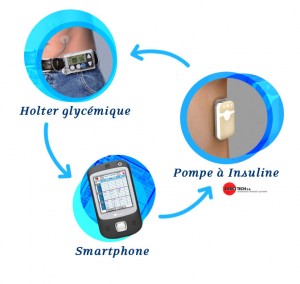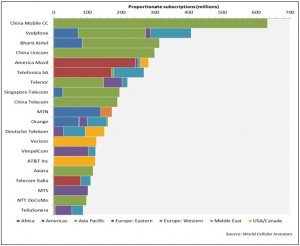 A mathematical technique borrowed from the stock market can design the working parts of integrated silicon waveguide optical components, using only the required specification as input data, claim scientists from Stanford University.
A mathematical technique borrowed from the stock market can design the working parts of integrated silicon waveguide optical components, using only the required specification as input data, claim scientists from Stanford University.
To design their device they adapted concepts from ‘convex optimisation’, with the help of Stanford electrical engineering Professor Stephen Boyd.
“For many years, nanophotonics researchers made structures using simple geometries and regular shapes,” said Stanford scientist Jelena Vuckovic. “The structures you see produced by this algorithm are nothing like what anyone has done before.”
To prove the technique, an optical wavelength splitter was created (see photo). The requirement was that a mixture of 1.3µm and 1.55µm infra-red light entering a silicon waveguide at right angles to its surface should be turned through 90° into the silicon waveguide layer – with 1.3µm energy leaving to the left of the photo and 1.55µm to the right.
Other input parameters were the physical geometry of raw materials – 220nm thick silicon layer over 3µm of buried oxide and a total active device length of 8µm.
“We wanted to be able to let the software design the structure of a particular size given only the desired inputs and outputs for the device,” said Vuckovic.
According to a paper in Nature Scientific Reports – ‘Inverse design and implementation of a wavelength demultiplexing grating coupler‘, algorithms were run in two stages, taking a total of 15 minutes on a laptop with an Intel Core i7 processor.
The first allowed any value of permittivity (from silicon to air) anywhere in the waveguide. 100 algorithm iterations established barcode-like ‘waves’ of permittivity.
The second modified the result of the first run, but allowed only silicon permittivity or air permittivity – silicon or an etched trench. After 100 iterations the design appeared as it is in the photo. Many of the trenches coincide with permittivity minima produced by stage 1.
At the shorter wavelength light couples only to the fundamental of the left waveguide, and only to the right waveguide at the longer wavelength. Leakage to the ‘wrong’ exit direction is ~20dB down on the correct direction.
“There’s no way to analytically design these kinds of devices,” said researcher Alexander Piggott.
The technique has also produced a “Swiss cheese” structure, according to Stanford, that routes light beams to different outputs based on their mode rather than wavelength: “Such a mode router is equally as important as the colour [wavelength] splitter as different modes are also used in optical communications to transmit information.”





